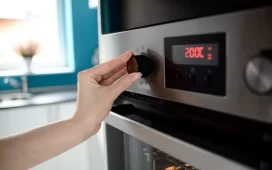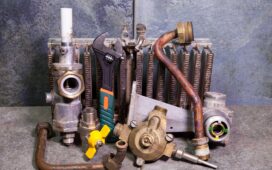Introduction
Finding bats in your attic can be an unsettling discovery for any homeowner. While these winged creatures are vital to the ecosystem—helping to control insect populations and pollinate plants—they’re not exactly welcome houseguests. Bats in your home can lead to property damage, health risks, and legal challenges if not handled properly. So, what should you do if you suspect or confirm a bat infestation in your attic?
1. Stay Calm and Avoid Contact
Don’t Try to Handle Bats Yourself
Bats are not aggressive, but they can bite if threatened, and some may carry rabies or other diseases. Avoid direct contact and do not attempt to capture or scare them out, especially if you’re unsure how many are present or where they’re nesting.
Keep People and Pets Away
Ensure that children and pets are kept out of the affected area. Bats can squeeze through tiny gaps, and any disturbance might cause them to scatter throughout your home.
2. Look for Signs of an Infestation
Common Indicators
- Scratching or squeaking noises, especially at dusk and dawn
- Droppings (guano) accumulating near the attic or entry points
- Strong ammonia-like odors caused by urine and guano
- Visible stains or marks near rooflines or vents where bats enter
These signs can help confirm an infestation and determine its size and duration.
3. Understand the Health Risks
Bats themselves aren’t dangerous when left undisturbed, but their presence indoors can pose serious risks:
- Rabies: Although rare, rabid bats have been reported in urban and rural areas.
- Histoplasmosis: A fungal infection caused by spores in bat droppings, which can affect people with compromised immune systems.
- Structural Damage: Guano can deteriorate insulation and drywall, while bat colonies can damage air quality.
4. Hire a Professional Wildlife Control Service
Why Professional Help Is Crucial
Removing bats is a specialized process that must be done safely and legally. Professionals know how to identify entry points, use humane exclusion techniques, and prevent future infestations.
One of the most trusted names in the field is Capital Wildlife Control Bat removal. Their licensed team uses ethical, non-lethal methods to safely remove bats and secure your home from further invasions. With experience in dealing with residential and commercial bat infestations, they ensure compliance with wildlife protection laws while restoring your peace of mind.
5. Use Humane Exclusion Techniques
The One-Way Exit Method
Professionals often install one-way devices at the bats’ entry points. These allow bats to exit safely but prevent them from re-entering the attic. After all bats have left, the area can be sealed completely.
Avoid Harmful Repellents
Using poison, traps, or ultrasonic devices is ineffective and often illegal. Bats are protected in many regions, and improper removal can result in fines or further infestation.
6. Seal Entry Points and Clean the Area
Post-Removal Cleanup
After bats are removed, it’s essential to clean the attic thoroughly. This includes removing guano, replacing contaminated insulation, and sanitizing affected areas to eliminate health hazards.
Preventive Repairs
Seal all potential entry points with bat-proof materials such as mesh, metal flashing, or caulking. Check roof vents, soffits, and chimneys—bats can squeeze through openings as small as a half-inch.
Conclusion
Discovering bats in your attic may seem daunting, but with the right steps and professional guidance, it’s entirely manageable. Avoid handling bats on your own, confirm the extent of the problem, and rely on humane, legal solutions. Experts like Capital Wildlife Control Bat removal can safely exclude bats while protecting your home and family. Remember, a proactive and informed approach ensures your attic stays bat-free and your household remains safe.







